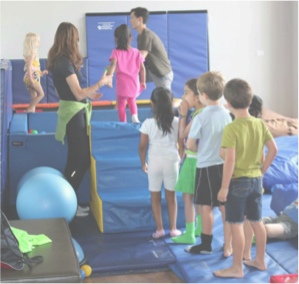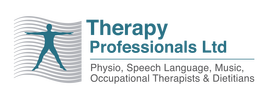|
What is Cerebral Palsy? Cerebral Palsy (CP) is the leading cause of physical disability in New Zealand children. It is an umbrella term for a group of lifelong conditions affecting a person’s movement, which is caused by damage to the area of the brain that controls muscle tone. It may affect muscle:
Cerebral Palsy occurs during pregnancy, at birth or shortly after, in 80% of cases the cause is unknown. There are risk factors for cerebral palsy. they may include:
Cerebral palsy affects people in different ways, ranging from, a mild form where a limb may be slightly affected and barely noticeable, to a severe form where the whole body is affected andmay be accompanied by visual, learning, hearing, speech, epilepsy and intellectual impairments. There are four types of cerebral palsy – spastic, athetoid, ataxic and mixed Spastic Cerebral Palsy - This is most common affecting 70% -80% of those with cerebral palsy. The muscles become stiff and tight making movement difficult. There are five sub categories based on the limbs affected:
Athetoid Cerebral Palsy – affects about 10-20% of those with cerebral palsy. It is characterised by uncontrolled, purposeless, slow, writhing movements where the muscles change from being tense to being floppy. It commonly affects the arms, legs, feet and hands and sometimes the face and tongue. This movement often increases under stress and stops while sleeping Ataxic Cerebral Palsy – affects about 5-10% of those with cerebral palsy. It is characterised by low muscle tone and poor coordination. It affects balance and depth perception giving a wide gait and making the person look unsteady and shaky on their feet or when handling objects. Mixed Cerebral Palsy - affects 10% of those with cerebral palsy and involves several areas of the brain and the symptoms will be a mix of the other three types of cerebral palsy described above. There is no known cure for cerebral palsy and some symptoms may improve or worsen with time. Treatment can help manage the condition, there are a number of different approaches to treatment:  Treatments Botox - An injection of botulinum toxin is effective for reducing over-activity in muscles. This results in a reduction in muscle strength and muscle tone with small, short-lived gains in aspects of gait and function. Conductive Education – is based on the brain's ability to re-wire itself and teaches children with cerebral palsy to coordinate their movements. Cranial Osteopathy – there is limited evidence that cranial osteopathy help Cerebral Palsy Occupational Therapy - can help with muscle and joint coordination issues that make everyday tasks difficult including eating, brushing teeth and bathing. Can help to improve physical, cognitive, social abilities, fine motor skills, posture and sensory processing Physiotherapy – for children with cerebral palsy is to increase mobility while promoting physical development like sitting, crawling, and walking. With regular physiotherapy treatment, and equipment the physiotherapy goals include: Improved muscular strength and activation
Physiotherapy for an adult’s cerebral palsy includes:
Bobath a physiotherapy method - promotes motor learning for efficient motor control in various environments, thereby improving participation and function. Speech Language Therapy - improve a child’s speech and communication by strengthening the muscles used for speech, increasing oral motor skills and by improving their understanding of speech and language. It also can help with swallowing disorders, like dysphagia. Surgical interventions - Orthopaedic surgery addresses several different areas: gait abnormalities, correction of hip deformity, upper limb and scoliosis surgery. Short muscles cannot be lengthened but surgery can alter the length of the tendons, redirect the tendons and, in some cases, divide the tendons to remove an abnormal force. Lengthening tendons reduces tension in the muscle in the short term. If you know someone who is struggling with cerebral palsy our friendly therapists may be able to help, just contact us at Therapy Professionals Ph: 03 3775280 Email: [email protected] Comments are closed.
|
AuthorShonagh O'Hagan Archives
July 2024
|

 RSS Feed
RSS Feed